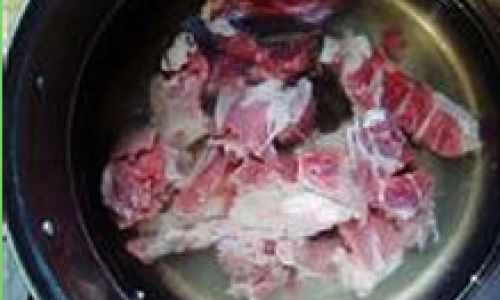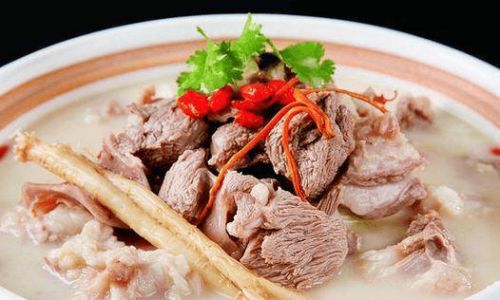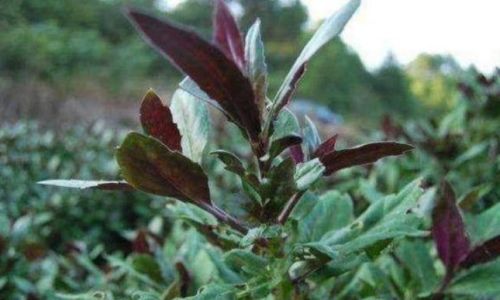Cooking lamb meat can be a delightful culinary experience, offering a rich, earthy flavor that pairs well with a variety of spices and herbs. Whether you’re preparing a succulent rack of lamb, a hearty stew, or tender lamb chops, understanding how long to cook lamb is crucial to achieving the perfect texture and taste. The cooking time for lamb varies depending on the cut, its size, and the desired level of doneness. This article delves into the various factors that influence cooking time and provides guidelines to ensure your lamb dish is both delicious and safe to eat.
Understanding Lamb Cuts and Their Cooking Times
Lamb meat is available in numerous cuts, each suited to different cooking methods and times. Here are some common cuts and their typical cooking durations:

-
Lamb Chops
Lamb chops, whether rib, loin, or shoulder, are a popular choice for grilling, broiling, or pan-searing. They generally cook quickly due to their smaller size and higher fat content. For medium-rare lamb chops (an internal temperature of around 130°F or 55°C), cooking time can range from 4 to 6 minutes per side, depending on thickness. Always use a meat thermometer to check doneness, as overcooking can lead to dry, tough meat. -
Rack of Lamb
A rack of lamb, also known as a frenched rack or crown roast, is an impressive dish often roasted in the oven. It typically takes about 15 to 20 minutes per pound (450g) at 375°F (190°C) for medium-rare doneness. To ensure even cooking, it’s best to tie the rack securely and roast it on a rack or roasting pan to allow heat to circulate evenly. -
Leg of Lamb
The leg of lamb can be cooked whole or boneless and is often roasted. A bone-in leg of lamb takes approximately 25 to 35 minutes per pound (450g) at 325°F (165°C) for medium doneness. A boneless leg will cook faster, usually around 20 to 25 minutes per pound (450g). It’s important to allow the meat to rest for at least 20-30 minutes after roasting to redistribute juices and enhance flavor. -
Shoulder of Lamb
Lamb shoulder is well-suited for slow cooking methods like braising or stewing due to its higher fat content and tough texture. When braised, shoulder meat can take several hours to become tender, often between 3 to 4 hours at a low temperature of around 300°F (150°C). Stewing lamb shoulder pieces can take a similar amount of time, depending on the size of the cubes.
-
Ground Lamb
Ground lamb, often used in burgers, meatballs, or kebabs, cooks relatively quickly. For burgers or meatballs, aim for an internal temperature of 160°F (70°C) to ensure safety, which usually takes about 6-8 minutes per side for burgers on the grill or in a skillet, and 15-20 minutes for meatballs cooked in a sauce or oven.
Factors Influencing Cooking Time
Several variables can affect how long it takes to cook lamb, including:
- Thickness and Size: Larger cuts or thicker pieces of meat require more time to cook through to a safe internal temperature.
- Bone-In vs. Boneless: Bone-in cuts tend to cook slower because the bone acts as a heat conductor, distributing heat more slowly.
- Starting Temperature: Lamb that is cold when it goes into the oven or on the grill will take longer to cook than meat that is at room temperature.
- Desired Doneness: Preferences for rare, medium-rare, medium, or well-done will significantly impact cooking time.
- Cooking Method: Grilling, roasting, braising, or stewing each have different cooking times and techniques.
- Oven Temperature: Higher oven temperatures cook meat faster but can also dry it out if not carefully monitored.
Tips for Perfectly Cooked Lamb
- Seasoning: Lamb benefits from robust seasoning. Salt and pepper are essentials, but consider adding herbs like rosemary, thyme, or garlic for extra flavor.
- Marinating: Marinating lamb, especially cuts like shoulder or leg, can tenderize the meat and add layers of flavor.
- Resting: Always let cooked lamb rest for at least 15-30 minutes after removing it from the heat. This allows the juices to redistribute, ensuring a juicy, tender final product.
- Temperature Control: Use a meat thermometer to check the internal temperature of the lamb. This is the most accurate way to ensure it reaches a safe eating temperature while avoiding overcooking.
- Experimentation: Don’t be afraid to experiment with different cooking methods and flavors. Lamb is versatile and can handle a wide range of spices and cooking techniques.
Conclusion
Cooking lamb meat requires attention to detail, particularly when it comes to timing. By understanding the various factors that influence cooking time and following best practices, you can achieve perfectly cooked lamb dishes that are both delicious and safe to eat. Whether you’re preparing a simple lamb chop for a weeknight dinner or a festive leg of lamb for a special occasion, with the right techniques and patience, you’ll be rewarded with a meal that is sure to impress. Happy cooking!





0 comments